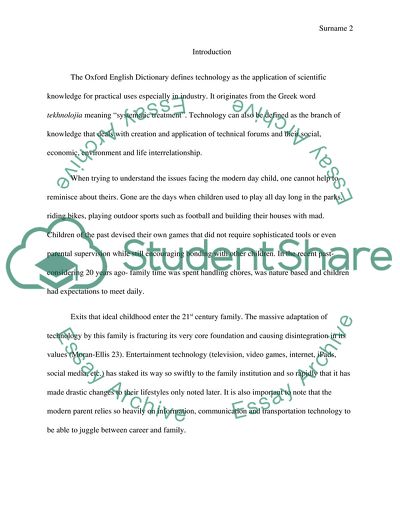Cite this document
(How Technology Affects Children Development Research Paper - 1, n.d.)
How Technology Affects Children Development Research Paper - 1. Retrieved from https://studentshare.org/sociology/1817702-technology
How Technology Affects Children Development Research Paper - 1. Retrieved from https://studentshare.org/sociology/1817702-technology
(How Technology Affects Children Development Research Paper - 1)
How Technology Affects Children Development Research Paper - 1. https://studentshare.org/sociology/1817702-technology.
How Technology Affects Children Development Research Paper - 1. https://studentshare.org/sociology/1817702-technology.
“How Technology Affects Children Development Research Paper - 1”, n.d. https://studentshare.org/sociology/1817702-technology.


